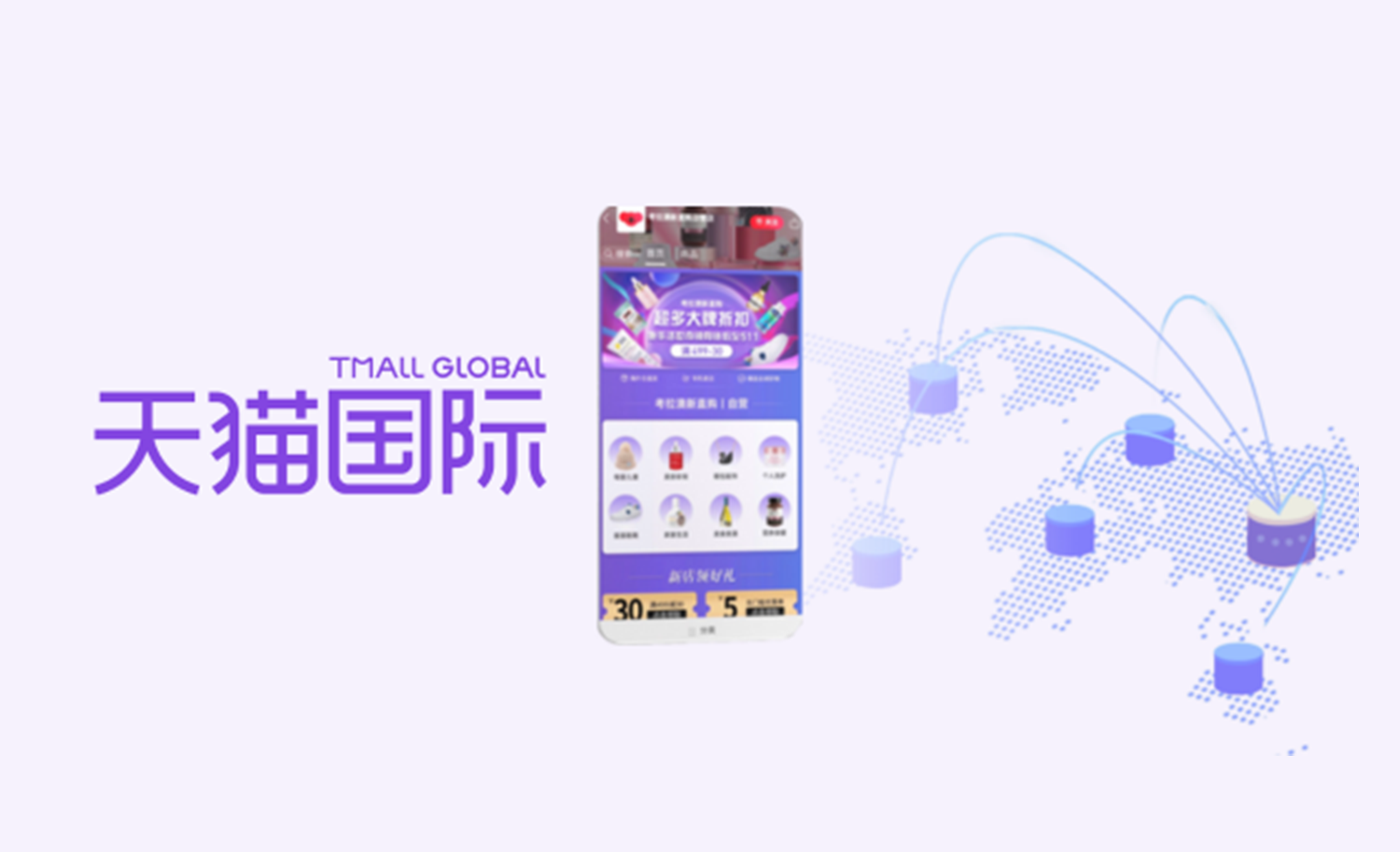At present, more and more people began to join the struggle for the cross border eCommerce. At the same time, more eCommerce websites have been set up. But due to the different culture and languages, some marketing sales couldn't go ahead in good condition. For example, there are many kinds of languages in western countries, so it is difficult to promote. An US website is different from UK's even both of them are in English. When problems arise, not only products couldn't be sold, but also make you embarrassed. 5 Tips below can help you to promote your cross border eCommerce website.
1. Optimize Content for Multiple Languages
Content transcreation is the base of Internationally Appealing Website as it focuses on not just translation but recreation of the same meaning, intent and context. If you are hosting a multilingual website then optimize your text to make your website fit for foreign consumers as well. Make sure that the meaning of content does not change when translated to other language and does not convey your message wrongly. To have a global acceptance, you cannot afford to display misunderstood content. The localization aspect simply requires a professionally qualified native-speaking translator for each of your target markets. If you’re serious about making money from your international websites, then you have to consider dialects too.
In terms of optimizing your website for international markets, you shouldn’t translate your keywords and phrases directly from your English language website. People may use abbreviations, acronyms or synonyms to search for a product locally, so you have to research what terms consumers actually use to search for items in each of your markets.
2. Word segmentation should be considered in different search engines
Word segmentation is a fundamental task in language processing especially Chinese. There are also defects in English. Such as the word "refrigerator" is called by English, "Fridge" is called by American. Others like "football" and "soccer", "autumn" and "fall" also have the same problem. So it is a great help to meet people's search habits in different regions.
3. Use different landing page in SEA
Although you couldn't take all languages into consideration, you can set different landing pages for them. People who visit your website will feel friendly if it shows their mother tongue. It will alsdo lift the ROI.
4. Mind the promotion time
It is necessary to post some advertisement for your cross border eCommerce website. So please take the jet lag into consideration. Almost no one enjoy shopping online at midnight in China, but the sun is rising in america!
5. Observe related local laws
Cross border eCommerce usually including shopping online and shipping offline. In Chinese, all websites must be recorded by government before getting it online. Some products also need to pay a certain percentage tax when they are shipping to different countries. Furthermore, some similar brands may also get you into trouble.
Do you want to develop and promote your cross border eCommerce website? Sent us an email and leave your inquiry!












